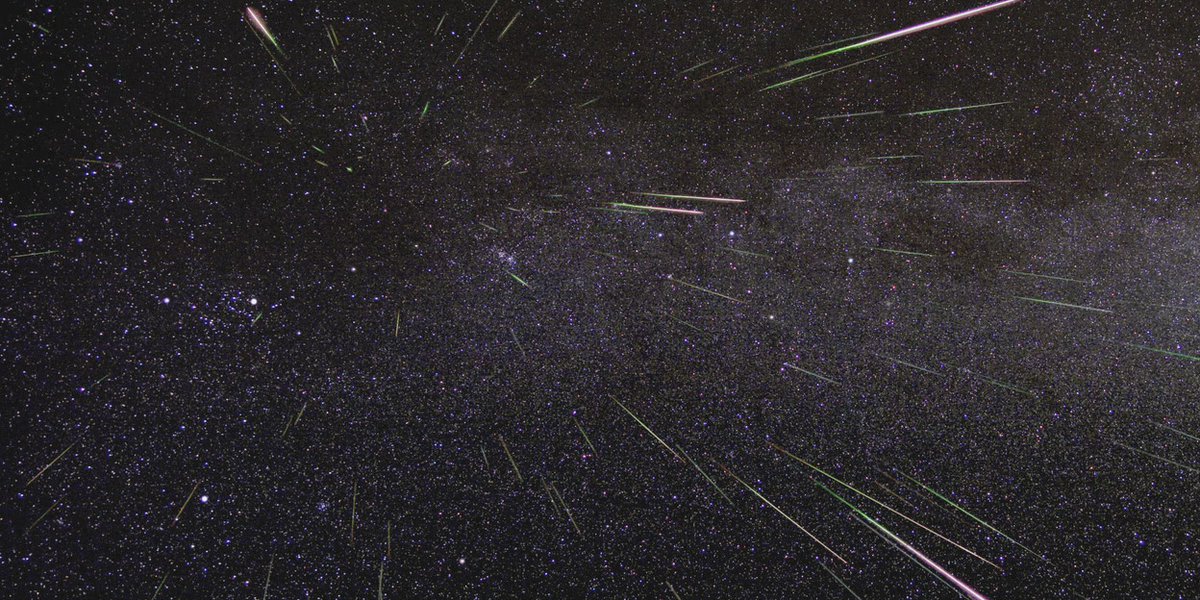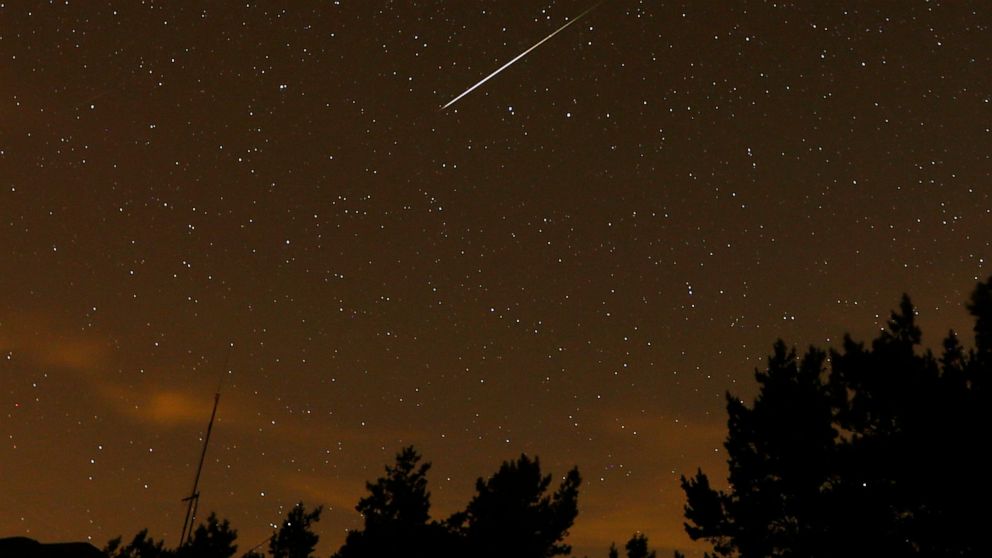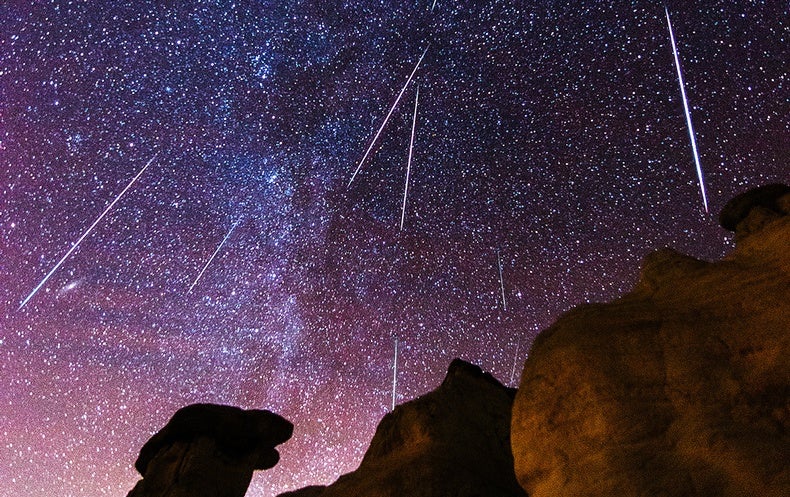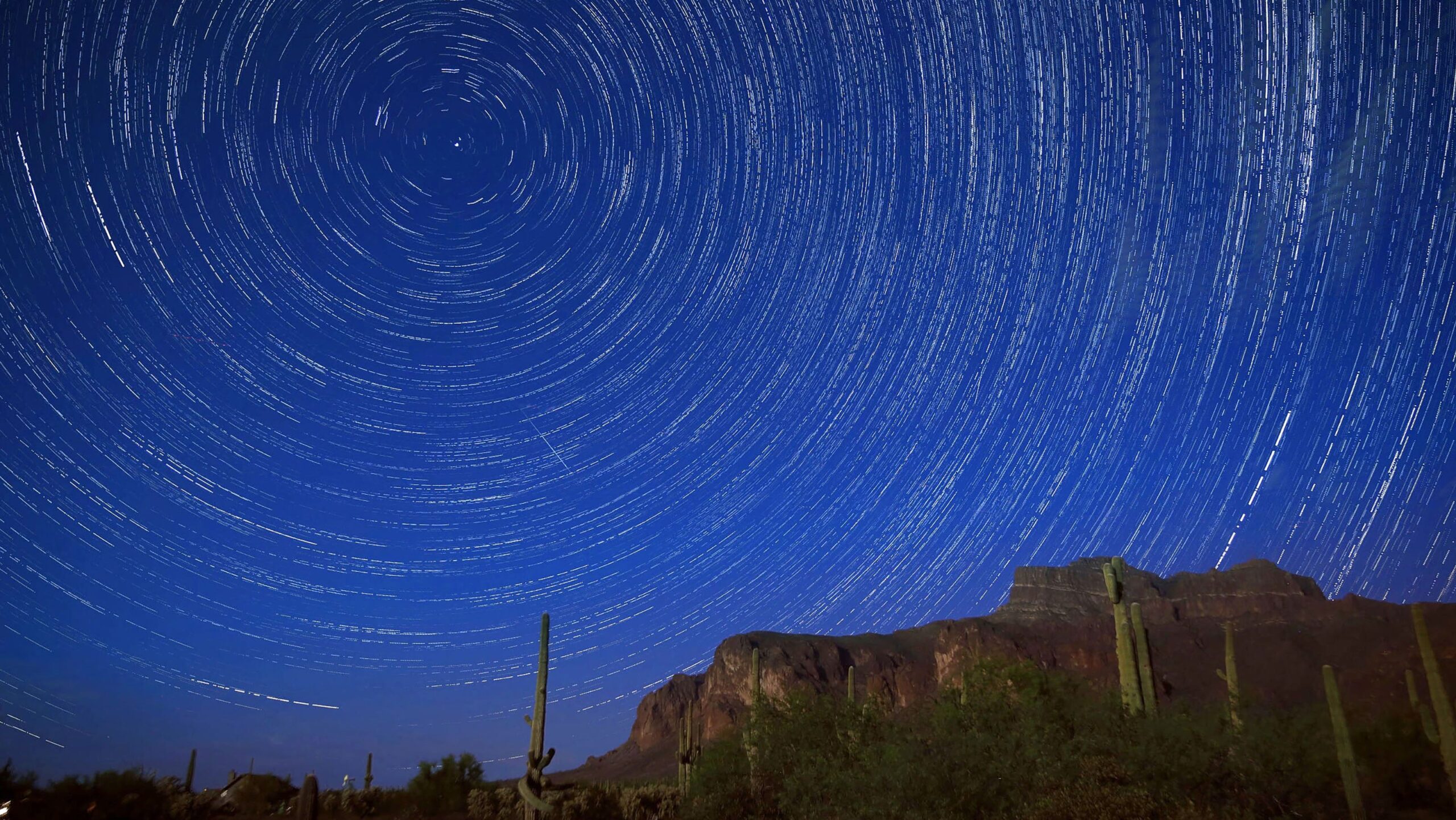Best Meteor Shower of the Year Peaks This Weekend
Are you ready for an extraordinary celestial event? Get ready to witness the best meteor shower of the year as the Perseids reach their peak this weekend. It’s a cosmic spectacle that you won’t want to miss. Grab a blanket, find a comfortable spot under the stars, and prepare to be amazed.
The Perseids: A Fascinating Natural Phenomenon

The Perseids meteor shower is a stunning display of shooting stars that captivates both astronomy enthusiasts and casual stargazers. This annual event occurs when Earth passes through debris left behind by Comet Swift-Tuttle, creating a breathtaking show in the night sky.
Peak Dates and Optimal Viewing
This year, the Perseids will reach their peak on August 12th and 13th. These dates fall conveniently on the weekend, allowing families and individuals to fully enjoy the spectacle without worrying about school or work. To witness this captivating event at its best, find a dark location away from light pollution and give your eyes some time to adjust to the darkness.
Why the Perseids Stand Out
What makes the Perseids meteor shower particularly special is the sheer number of shooting stars that can be seen during its peak. With an average of 50 to 100 meteors per hour, you’ll be treated to a dazzling display that will leave you in awe. It’s like watching nature’s own fireworks show.
Colorful Streaks and Glowing Trains
As you gaze up at the night sky, you may notice that the Perseids offer more than just fleeting streaks. Many of these meteors display vibrant colors as they burn up in the Earth’s atmosphere. Some even leave behind glowing persistent trains, adding a touch of magic to the already mesmerizing spectacle.
Preparing for the Perseids

To make the most of the Perseids meteor shower, it’s essential to come prepared. Here are a few tips to enhance your experience:
Choose an Ideal Viewing Spot
Find a location away from city lights and other sources of light pollution. The darker the sky, the better your chances of seeing more meteors. Consider visiting a nearby park or a rural area where the stars shine brightly.
Bring Comfortable Essentials
A comfortable blanket or a folding chair will allow you to sit back, relax, and fully enjoy the show in comfort. Don’t forget to bring some snacks and drinks to keep yourself refreshed throughout the night.
Stay Patient and Be Present
Meteor showers are unpredictable, so it’s crucial to be patient. It may take some time before you spot the first shooting star, but once they start appearing, you’ll be treated to a remarkable display. Take this opportunity to disconnect from the hustle and bustle of daily life and immerse yourself in the beauty of the cosmos.
Conclusion

Mark your calendars and get ready to witness the awe-inspiring Perseids meteor shower this weekend. This is your chance to marvel at nature’s grand spectacle and create lasting memories under the starry night sky. Prepare yourself for a magical experience that will remind you of the vastness and beauty of the universe.
Frequently Asked Questions

1. How often does the Perseids meteor shower occur?
The Perseids meteor shower occurs annually, peaking in mid-August.
2. What causes the Perseids meteor shower?
The Perseids are caused by Earth passing through debris left by Comet Swift-Tuttle.
3. Do I need any special equipment to view the Perseids meteor shower?
No special equipment is required. You can enjoy the Perseids with your naked eyes.
4. What is the best time to view the Perseids meteor shower?
The best time to view the Perseids is during the early hours before dawn, when the radiant point is highest in the sky.
5. Can I take photographs of the Perseids meteor shower?
Absolutely! If you have a camera and basic astrophotography knowledge, you can capture stunning images of the Perseids meteor shower. Make sure to use the appropriate settings and a tripod for stable shots.

